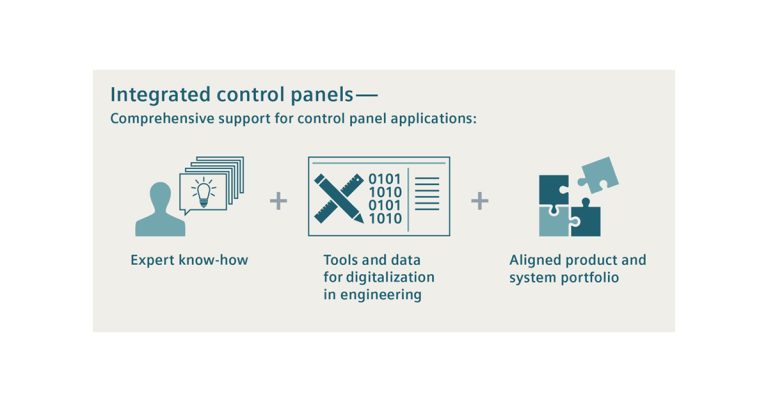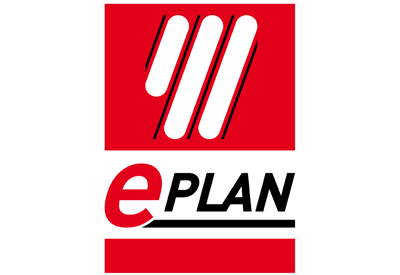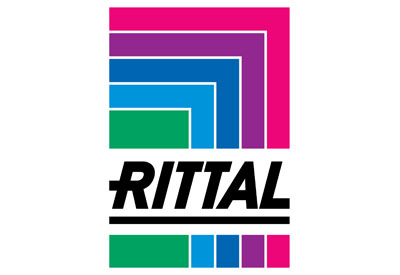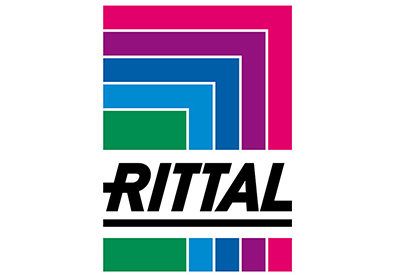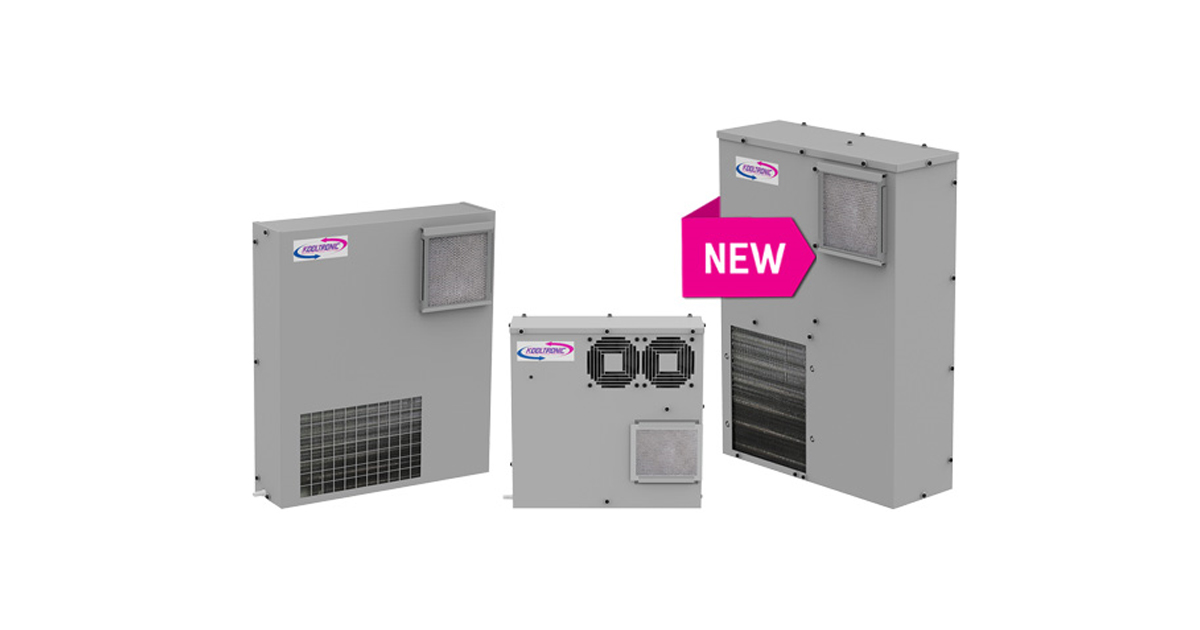How Artificial Intelligence Can Improve Data Visualization
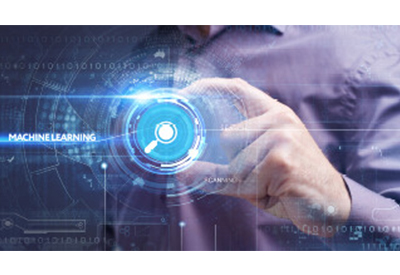
April 26, 2021
Visualization is the graphical representation of information, such as a situation, trend, or current or impending problem. Omron human-machine interfaces (HMIs) are designed to expose patterns to the human eye and allow humans to communicate with automated systems, thereby helping operators make an informed choice of actions.
Another branch of technology where pattern-finding plays a key role is in artificial intelligence (AI). Machine learning algorithms can locate patterns in machine data in to determine what constitutes normal behavior and what could be indicative of a problem. Since these findings must be presented to the operator, AI and visualization go hand-in-hand.
Making sense of complex data
One of machine AI’s main purposes is to analyze factory floor data and propose an image of it that imparts understanding to humans. This is challenging because the amount of data is so enormous that humans simply can’t analyze it all themselves (which is, incidentally, the reason that it became AI’s responsibility).
Powerful graphing functionality can highlight the important takeaway points that are essential for operator decision-making, since relational diagrams show more than just counts or totals. They also demonstrate the relationship between datasets to help operators make informed decisions more quickly.
Creative use of advanced object toolboxes reduces operator workload by consolidating multi-object screens with indicators and message boxes into intuitive imagery where size, position, or color replaces disparate numerical indicators. Remote screen viewing options allow advanced graphical information to be shared via commonly available mobile screens.
How AI-enhanced visualization can support decision-making
In addition to providing a clear representation of data, HMIs and other visualization tools are responsible for displaying decision-making options for the operator. As AI algorithms learn more about equipment condition, they may be able to automatically suggest action items that will be communicated via the HMI.
In many cases, conventional programming techniques let machines change HMI screens to better represent the situation at hand, such as a special alarm screen when a particular alarm is activated. During OEE evaluations, an out-of-bound condition can either prompt the user to change the screen or get the machine to automatically change to it for human decision-making.
Omron’s artificial intelligence algorithms can be used with the HMI or other visualization tools to indicate an exception in the monitoring of machine operations and allow the operator to make a choice of action. This could include saving the warning condition data for future evaluation and possible action.
![]()
https://automation.omron.com/en/us/blog/why-visualization-is-important

